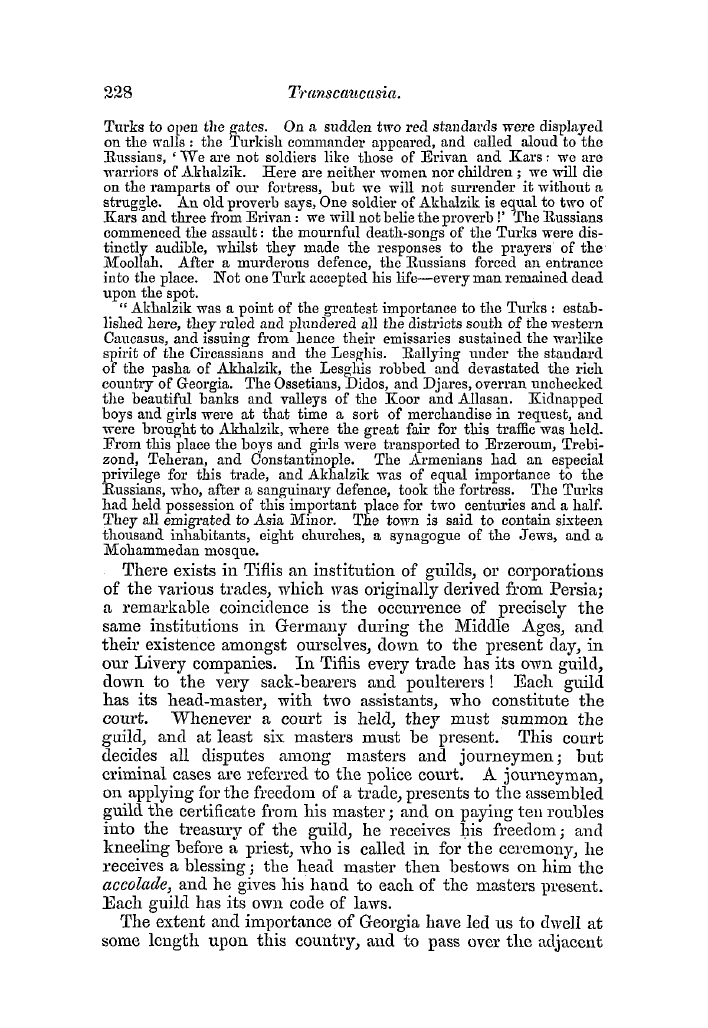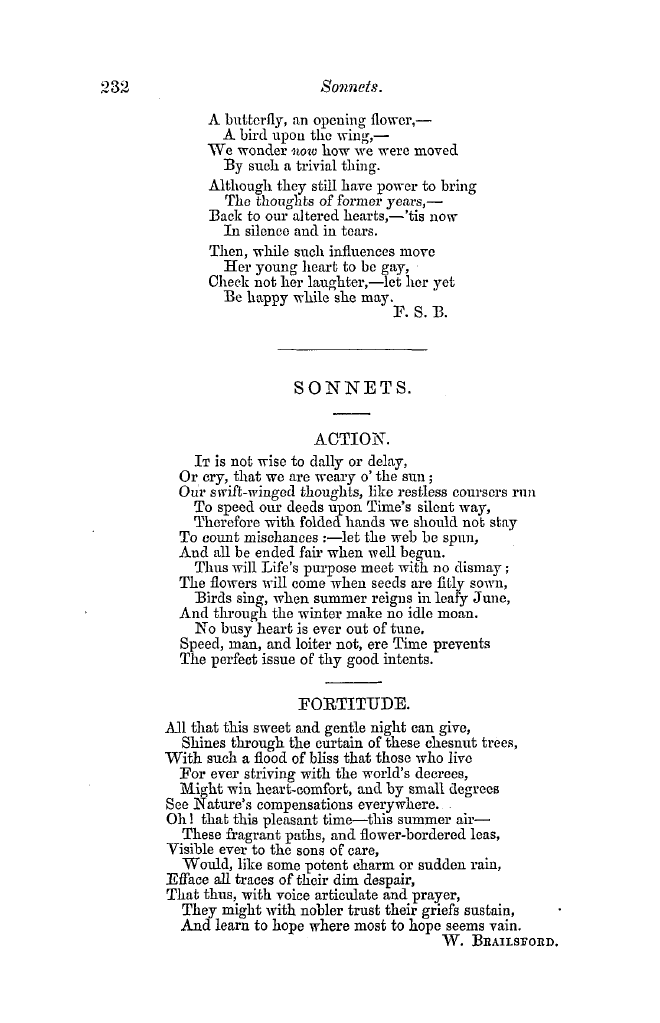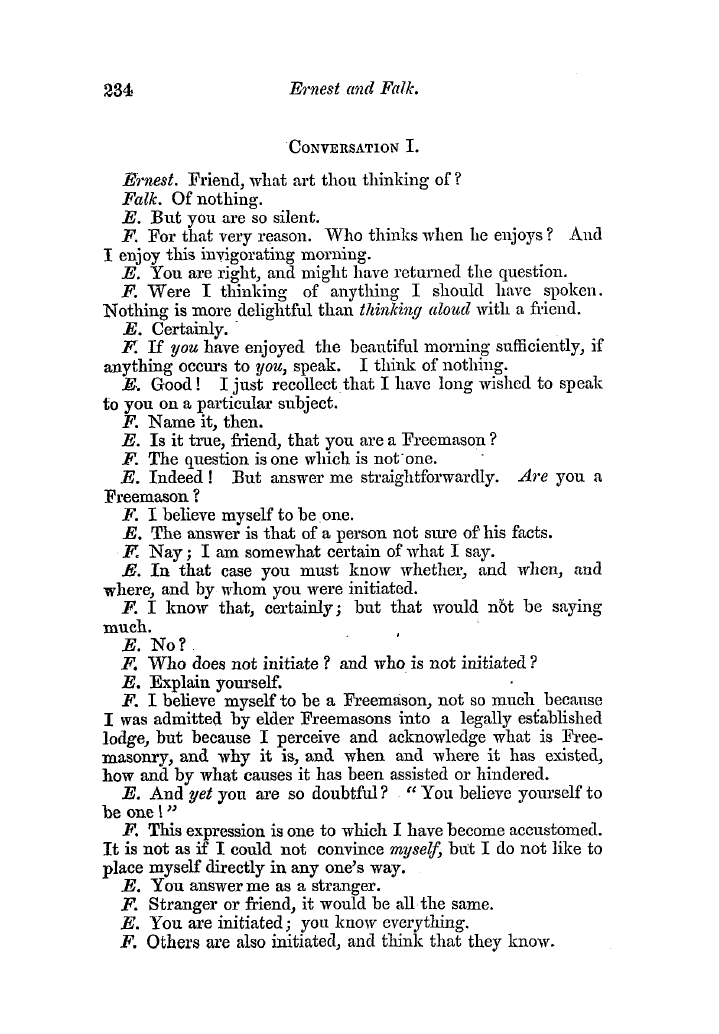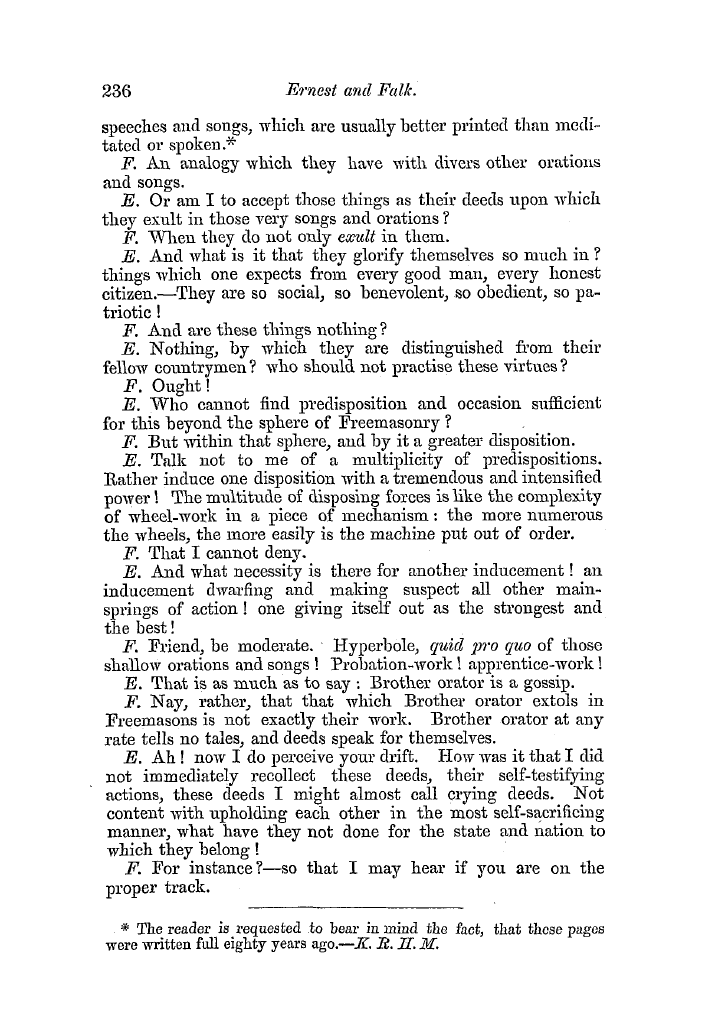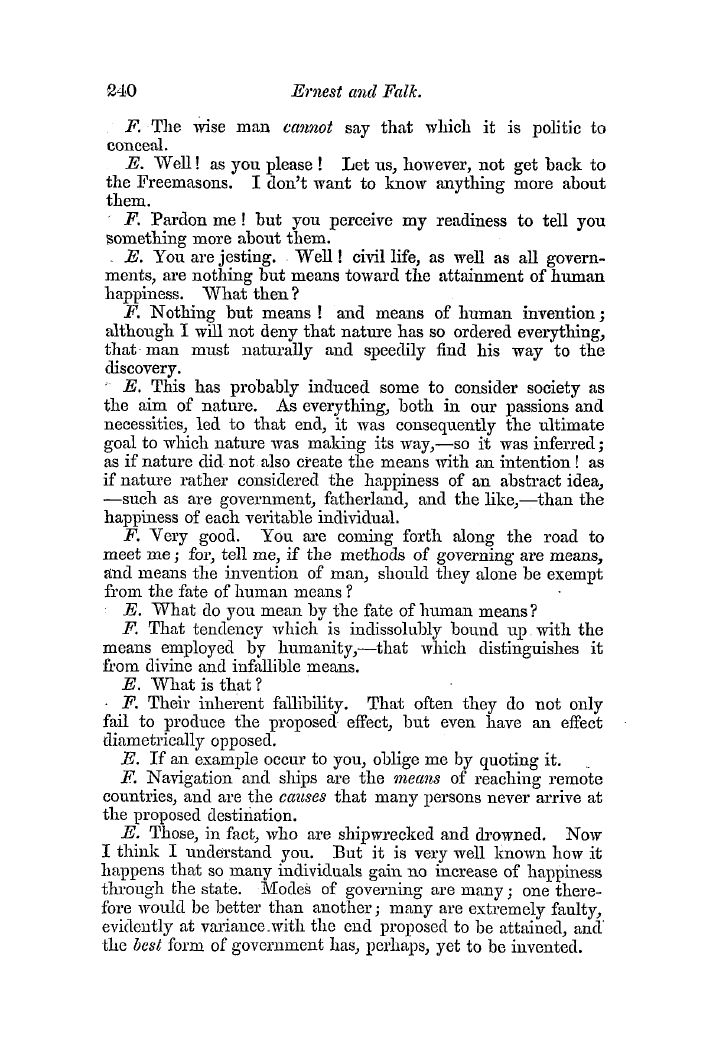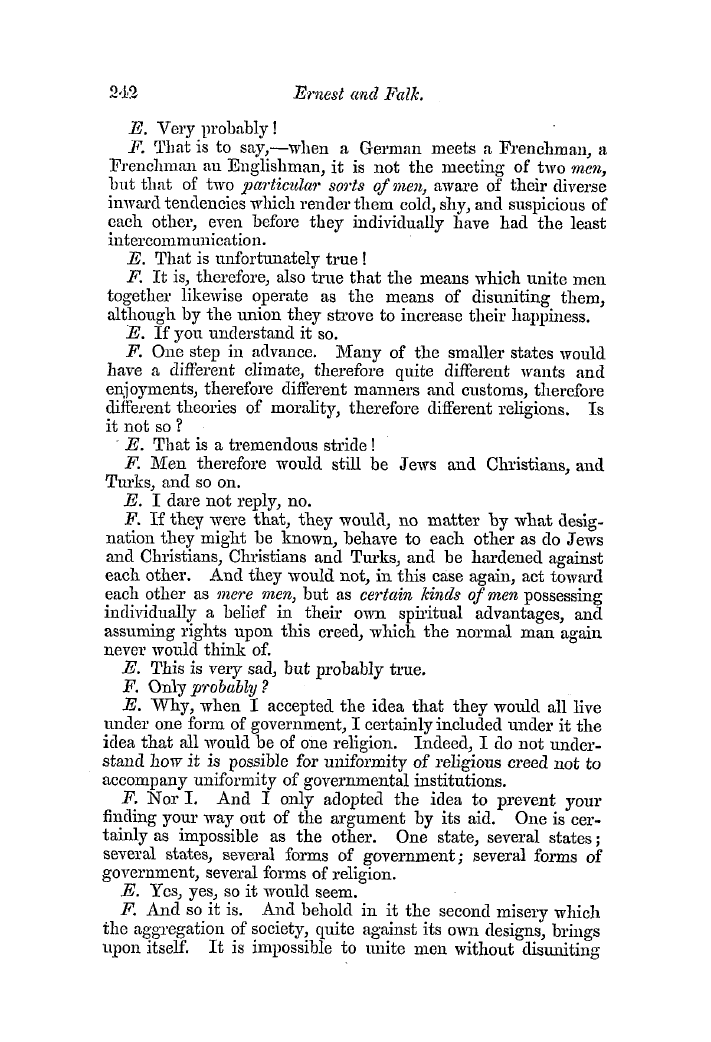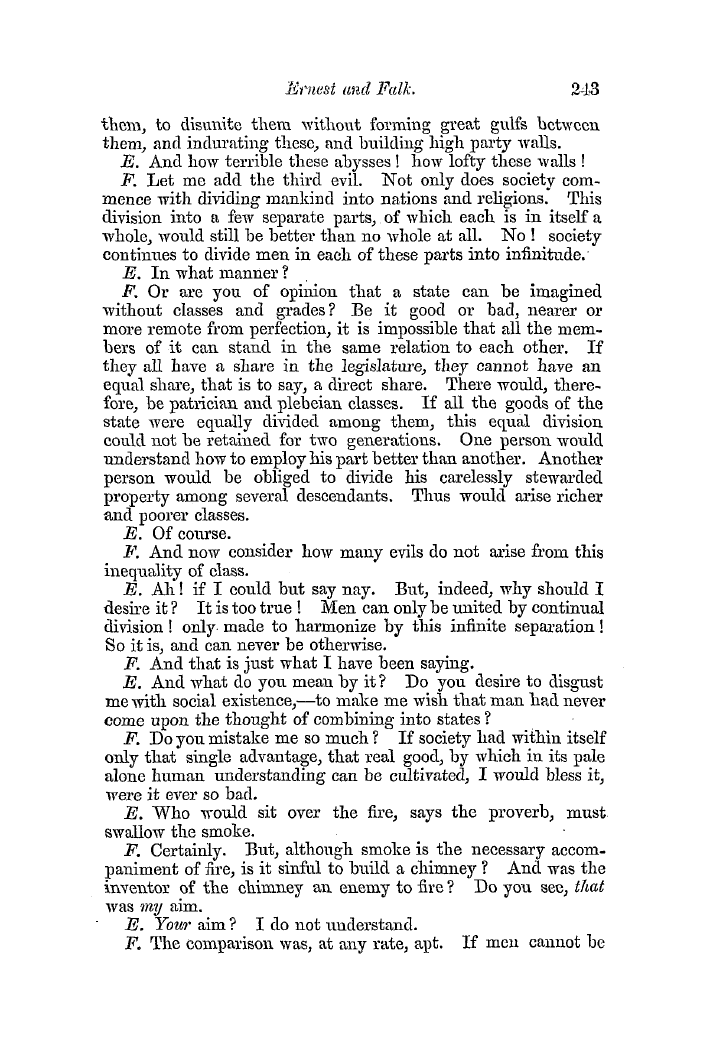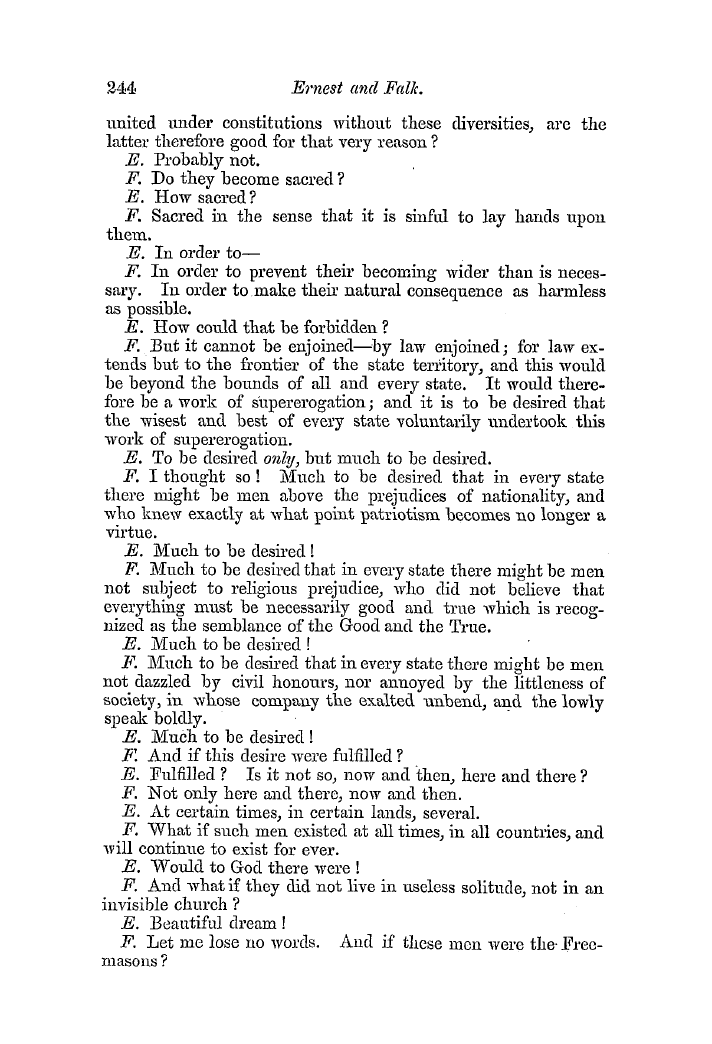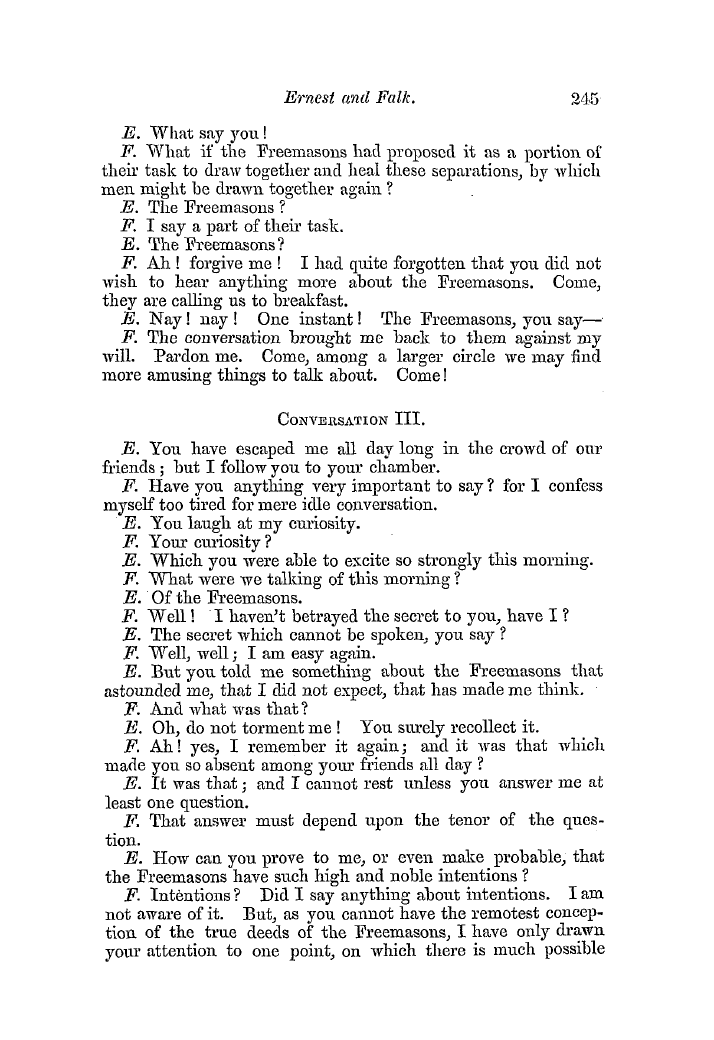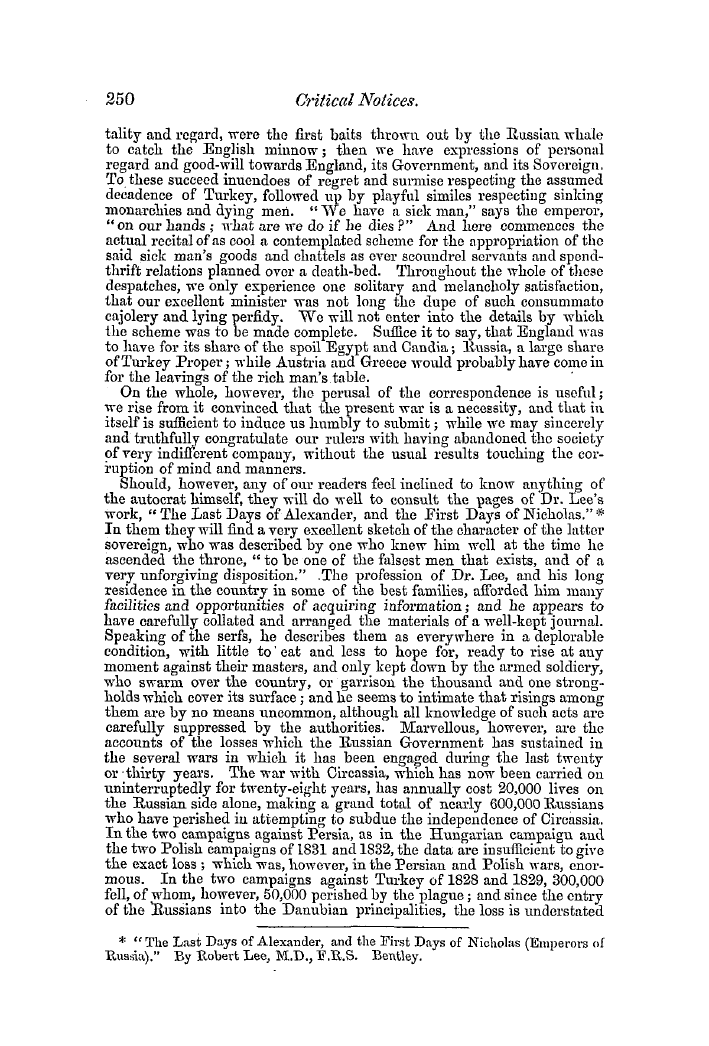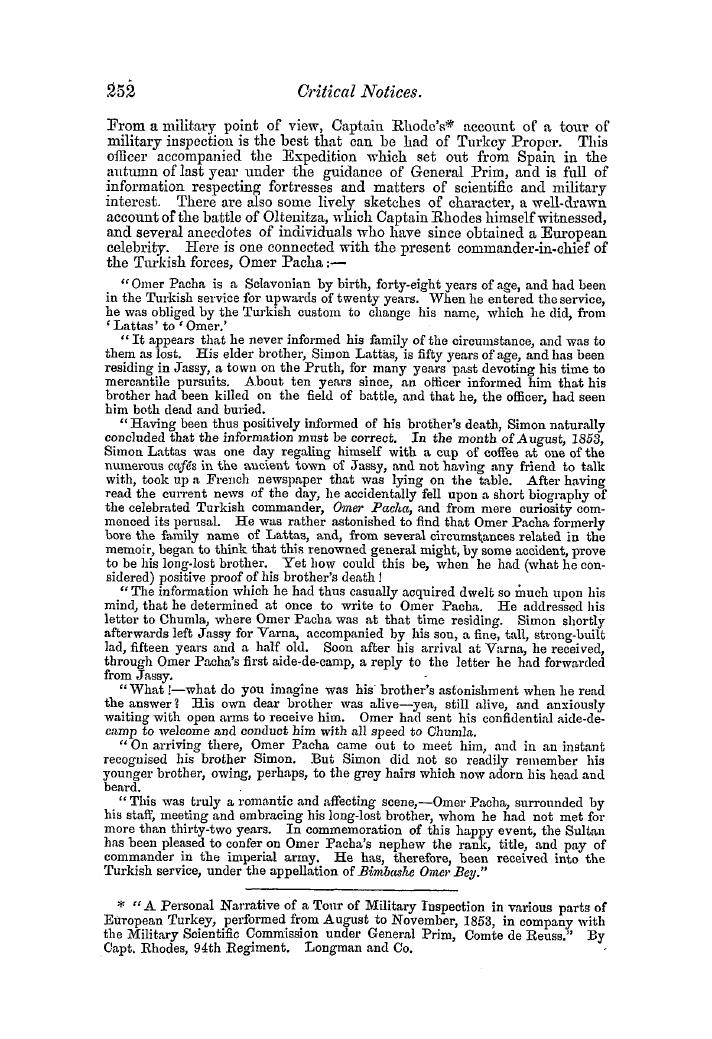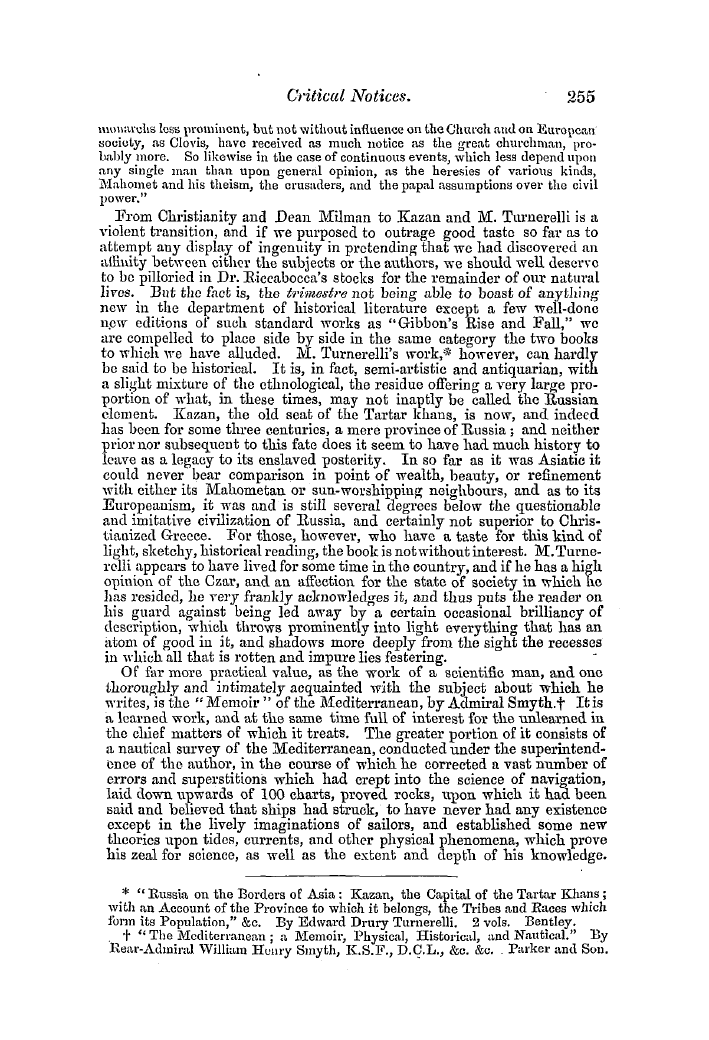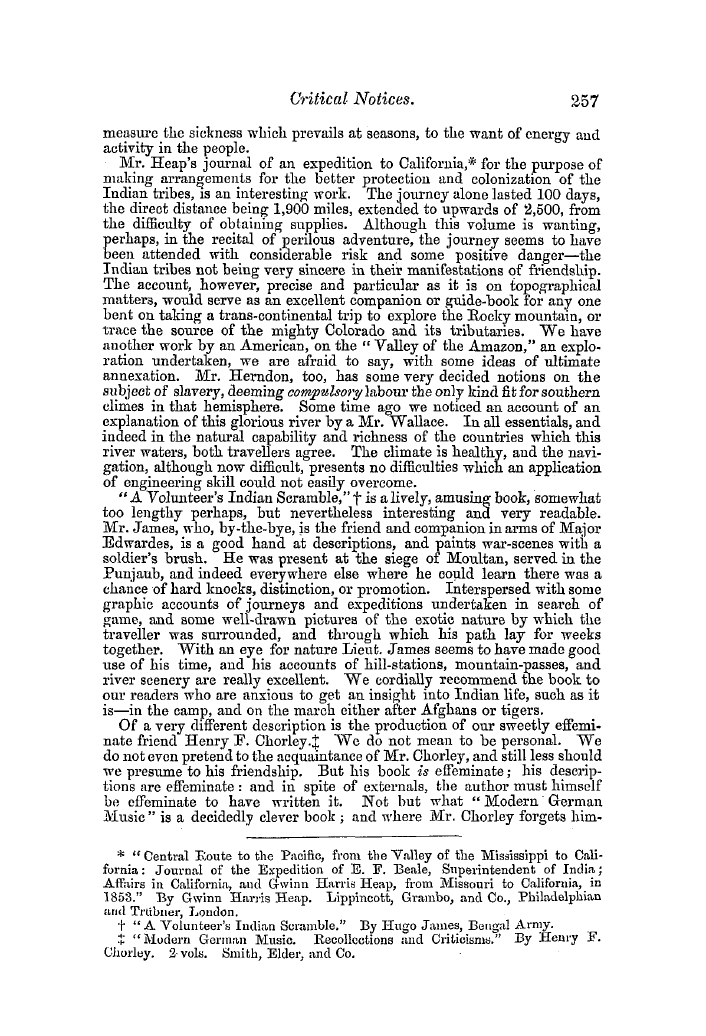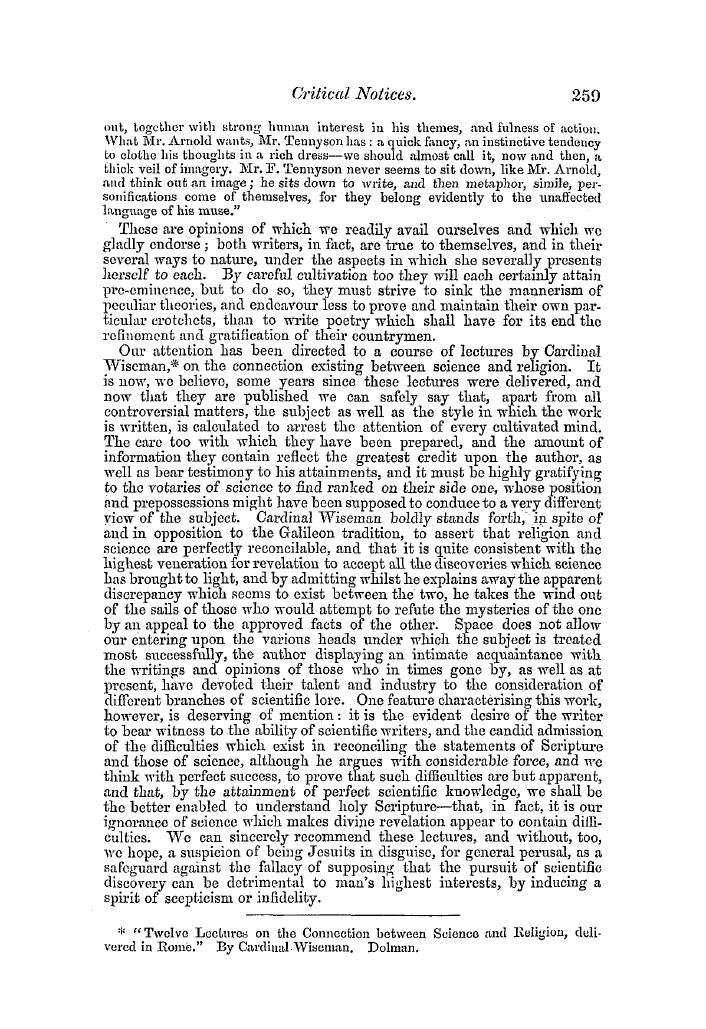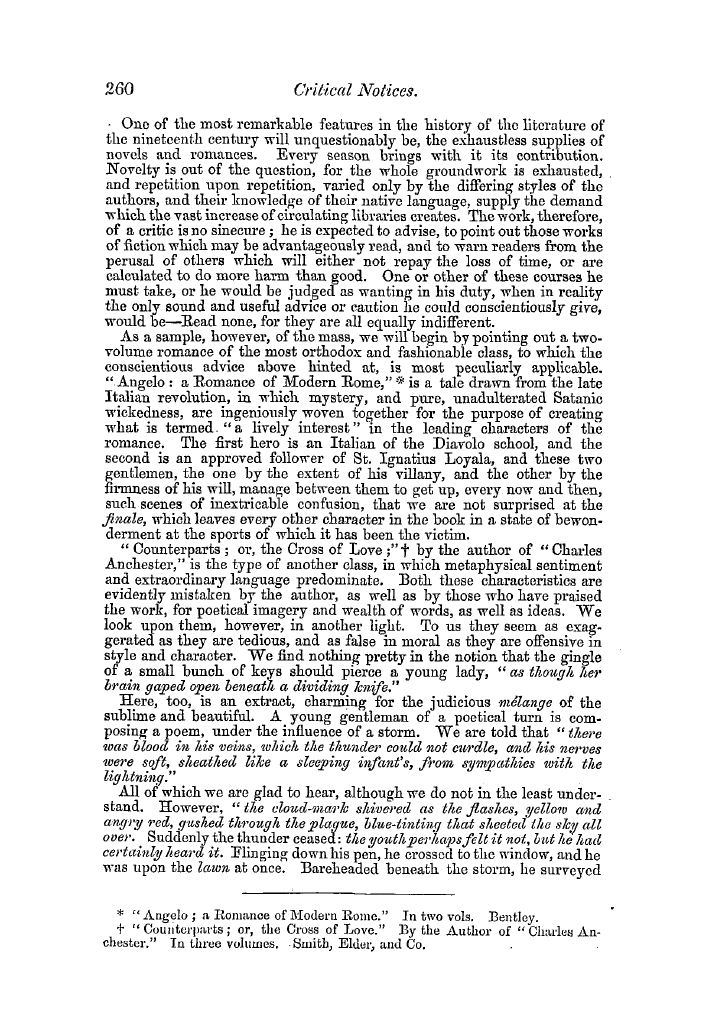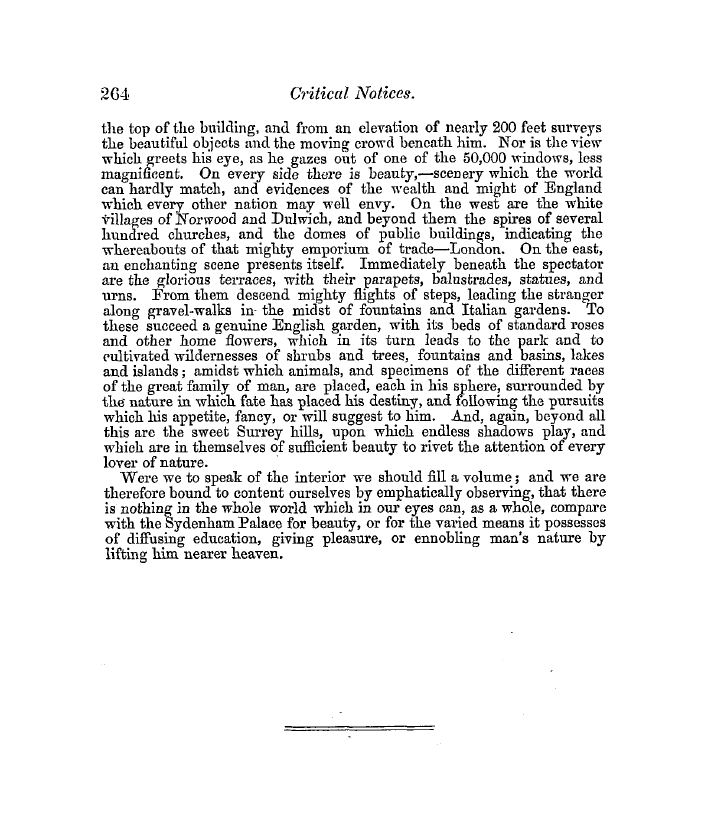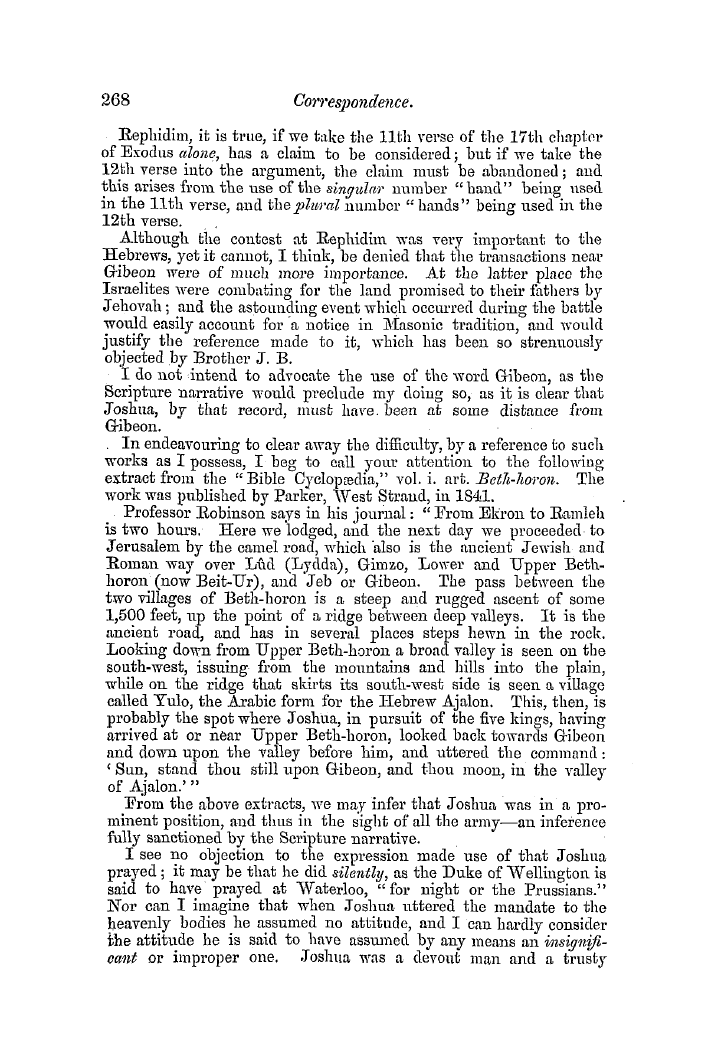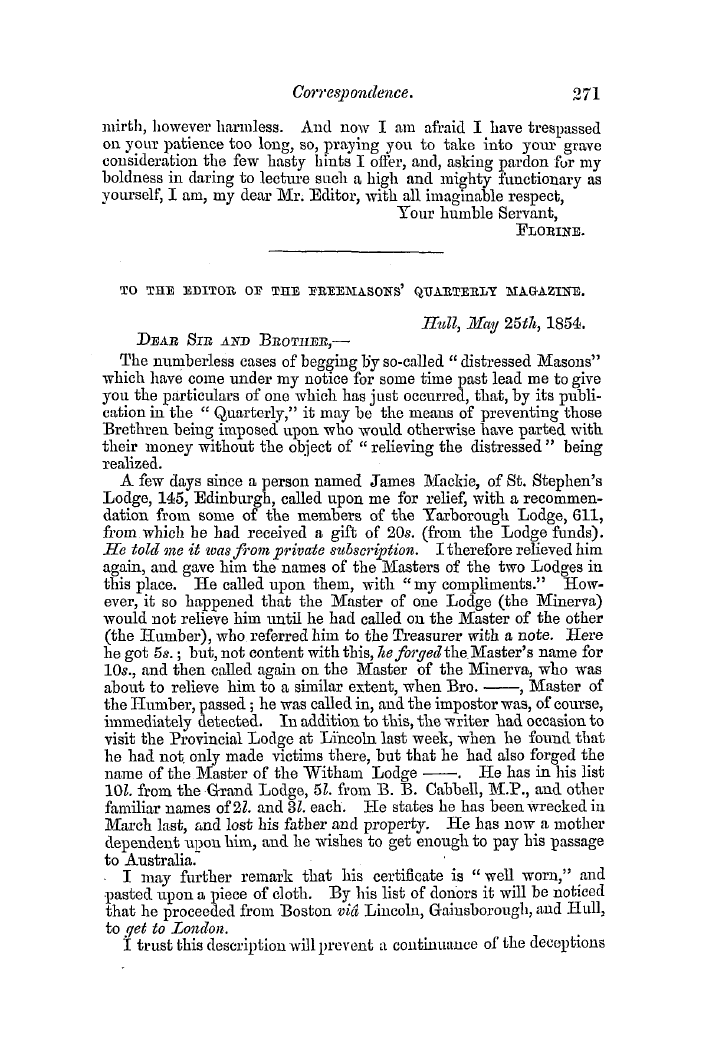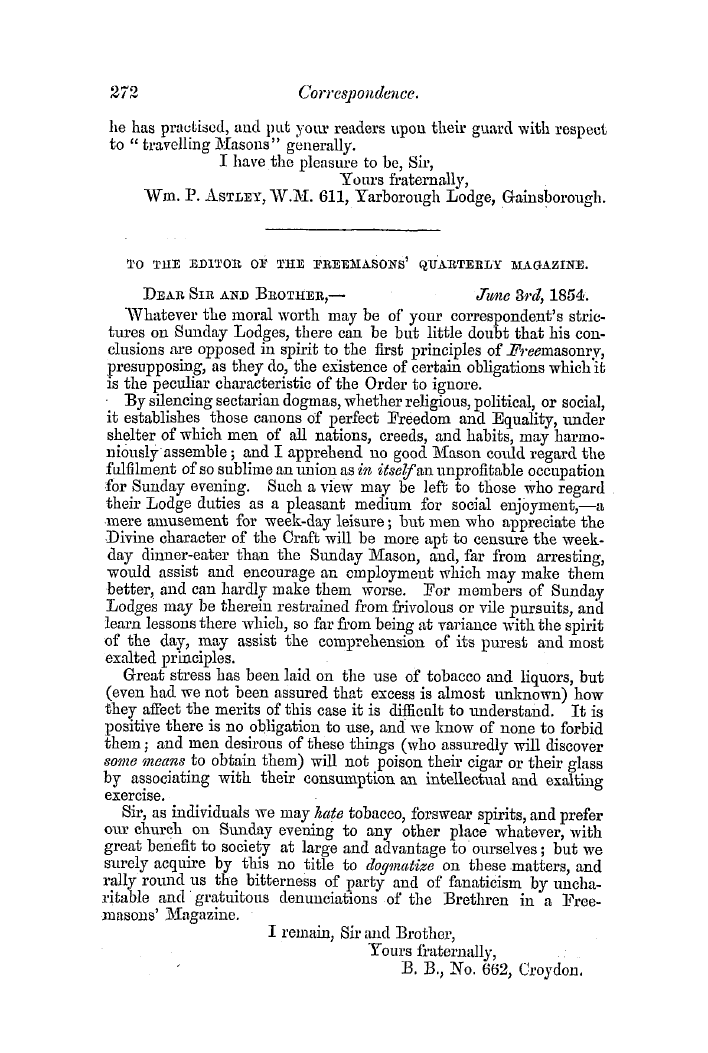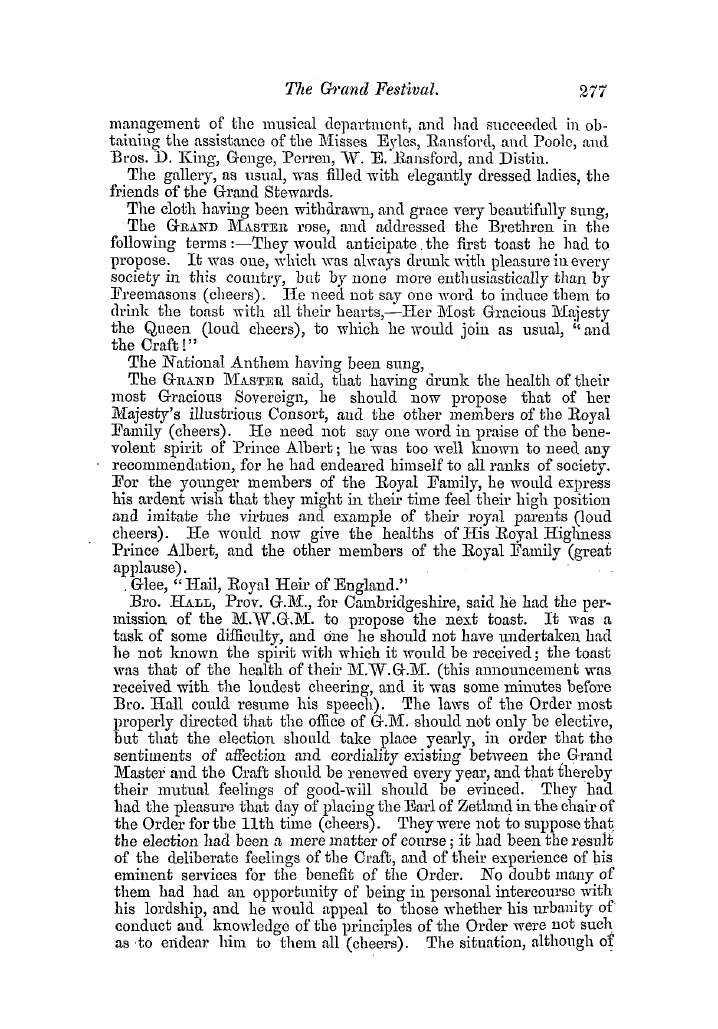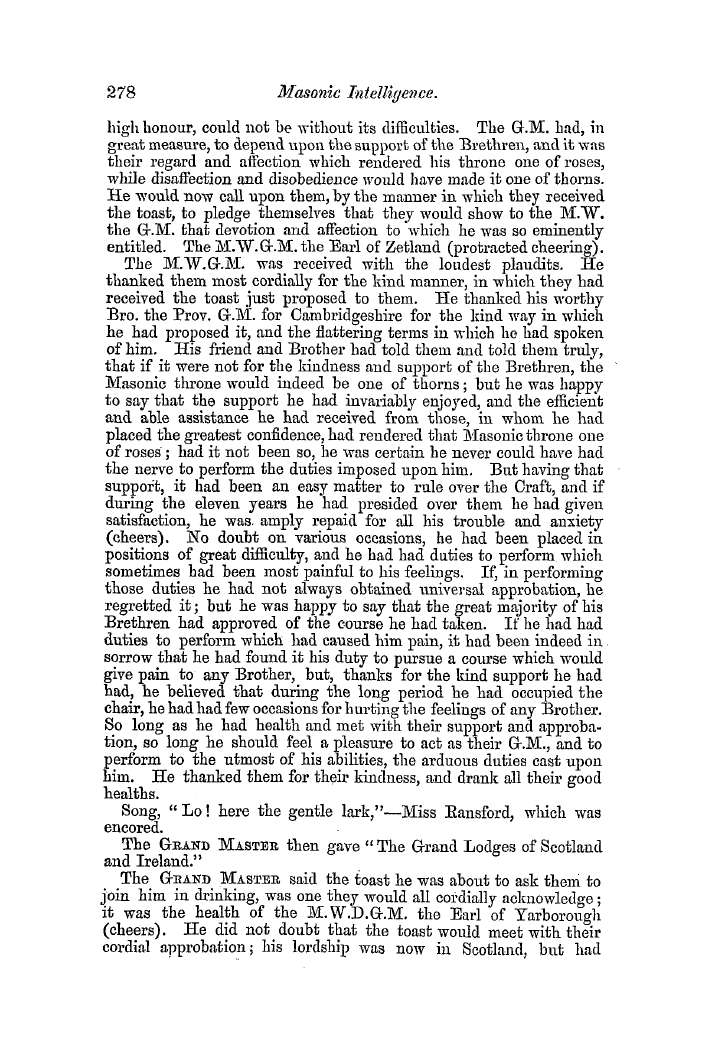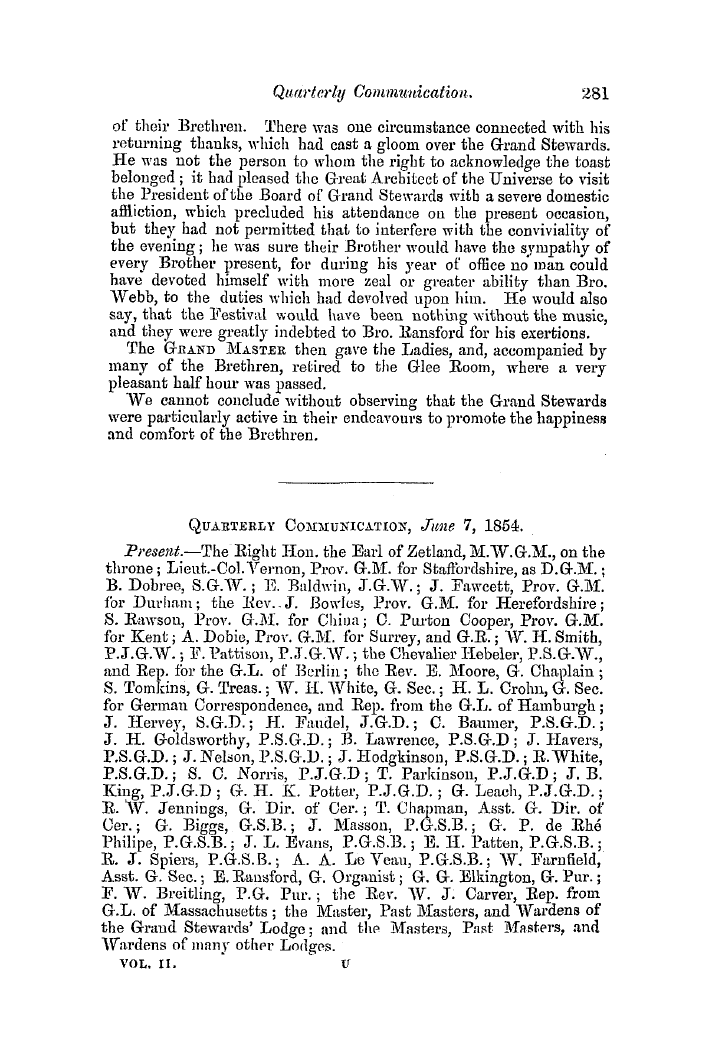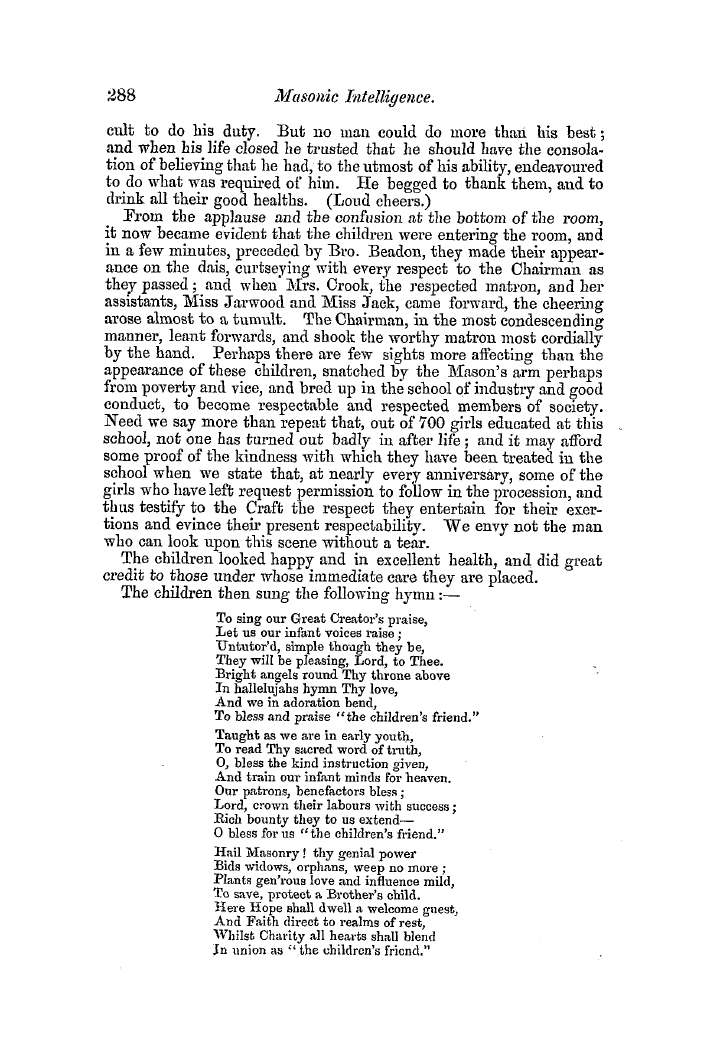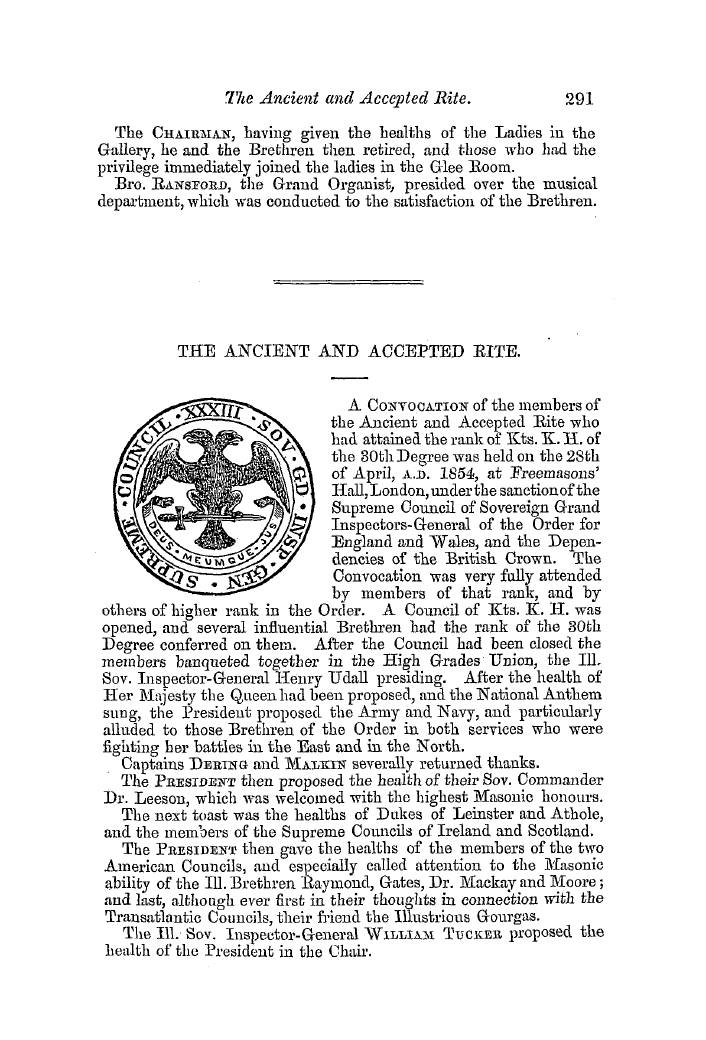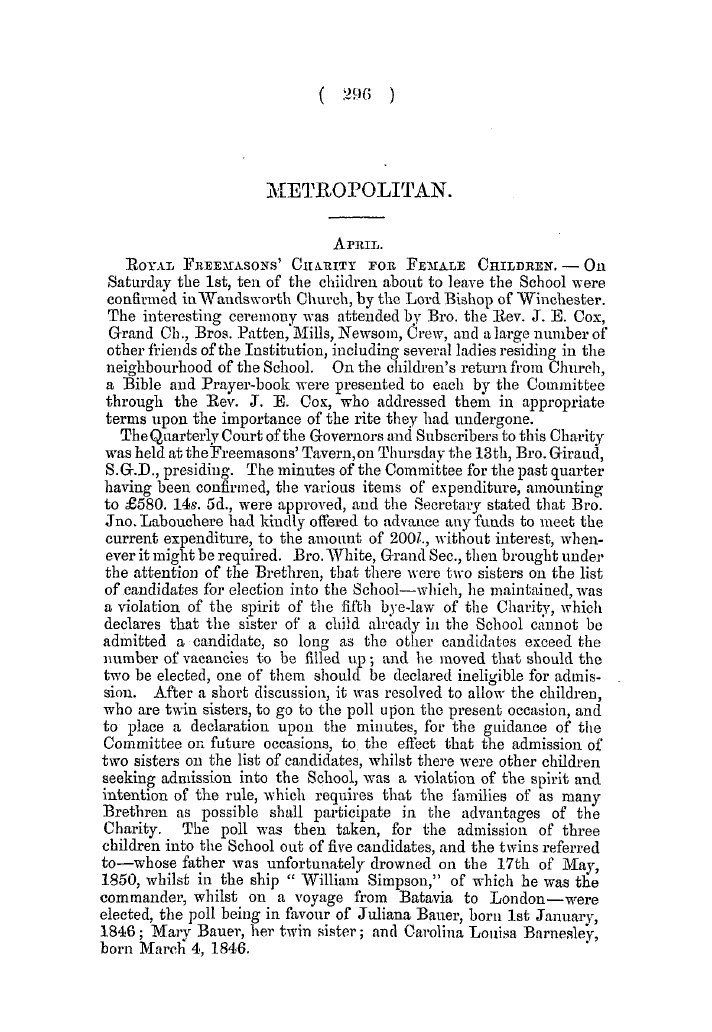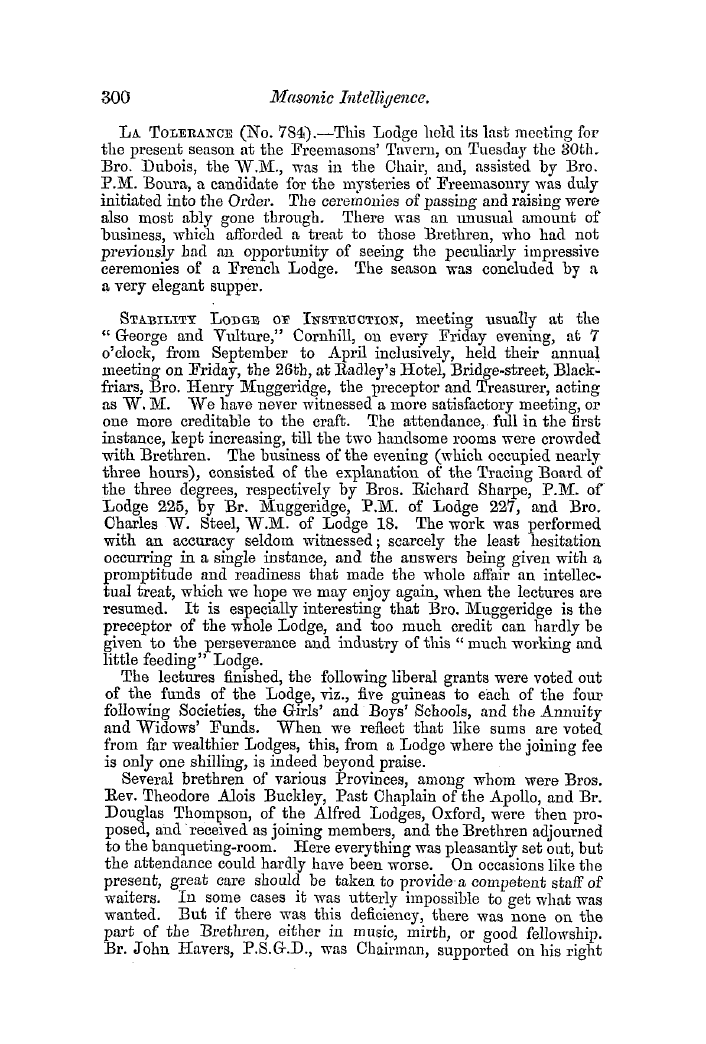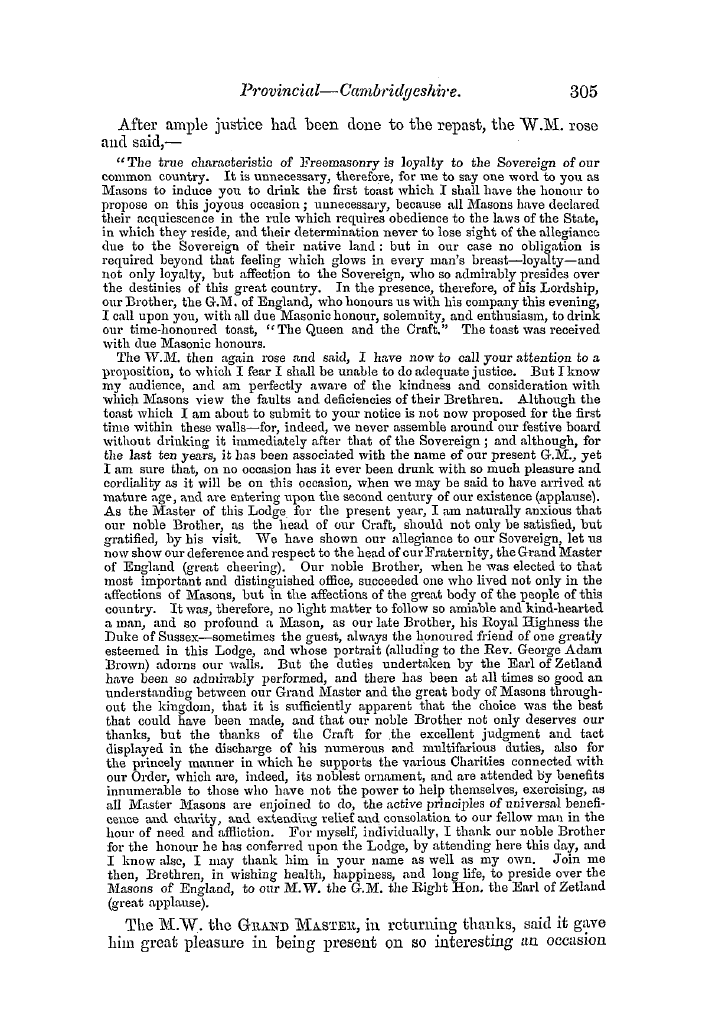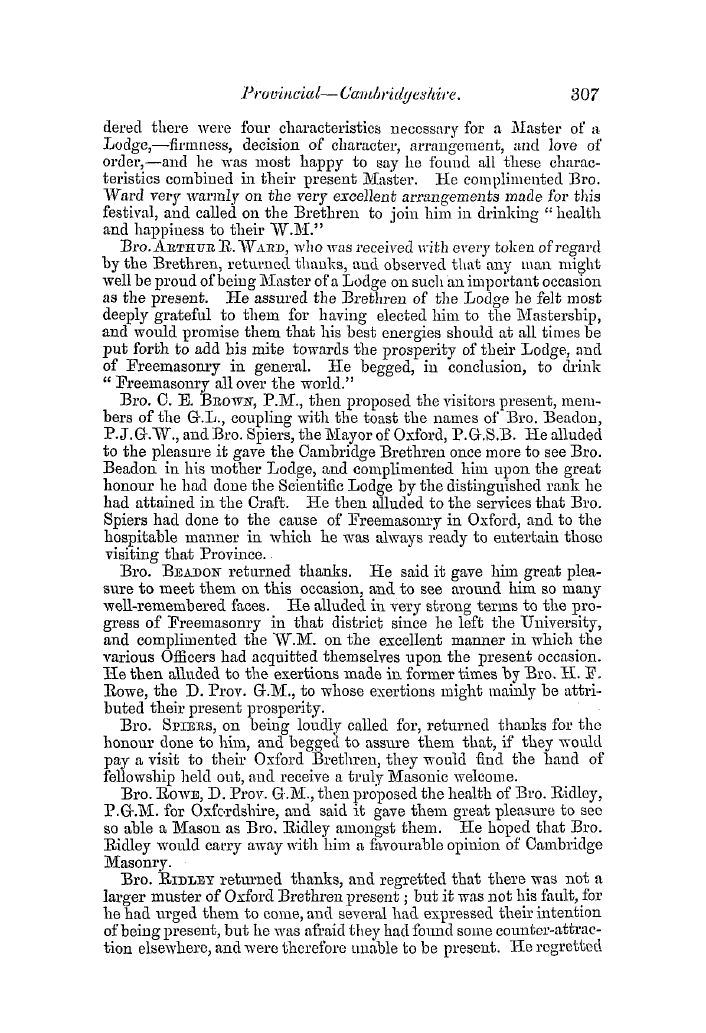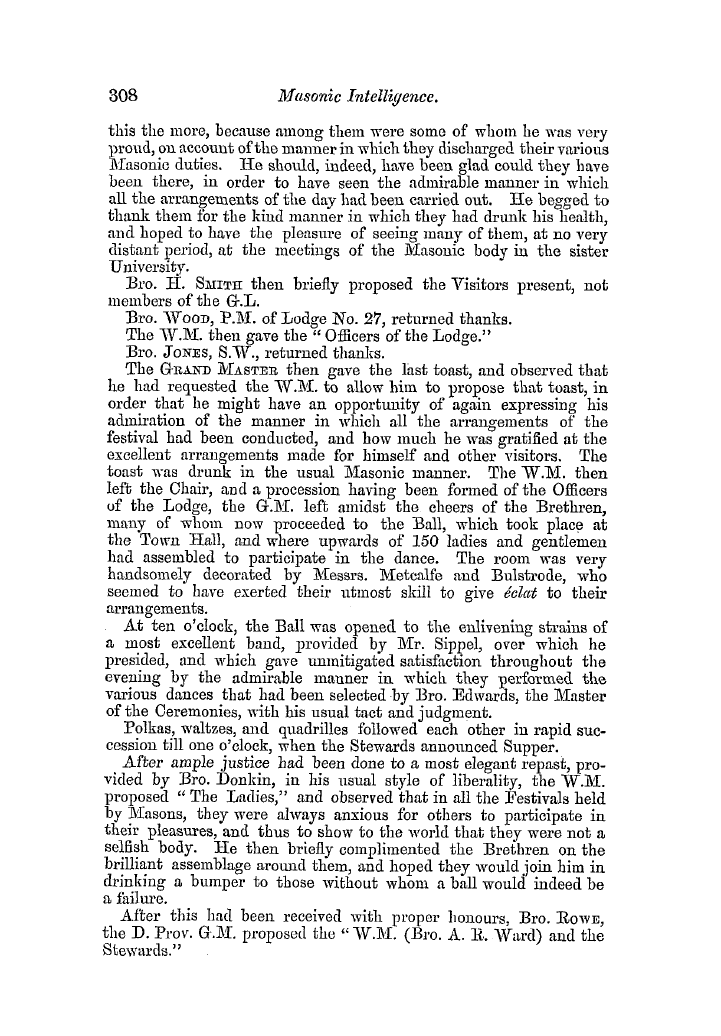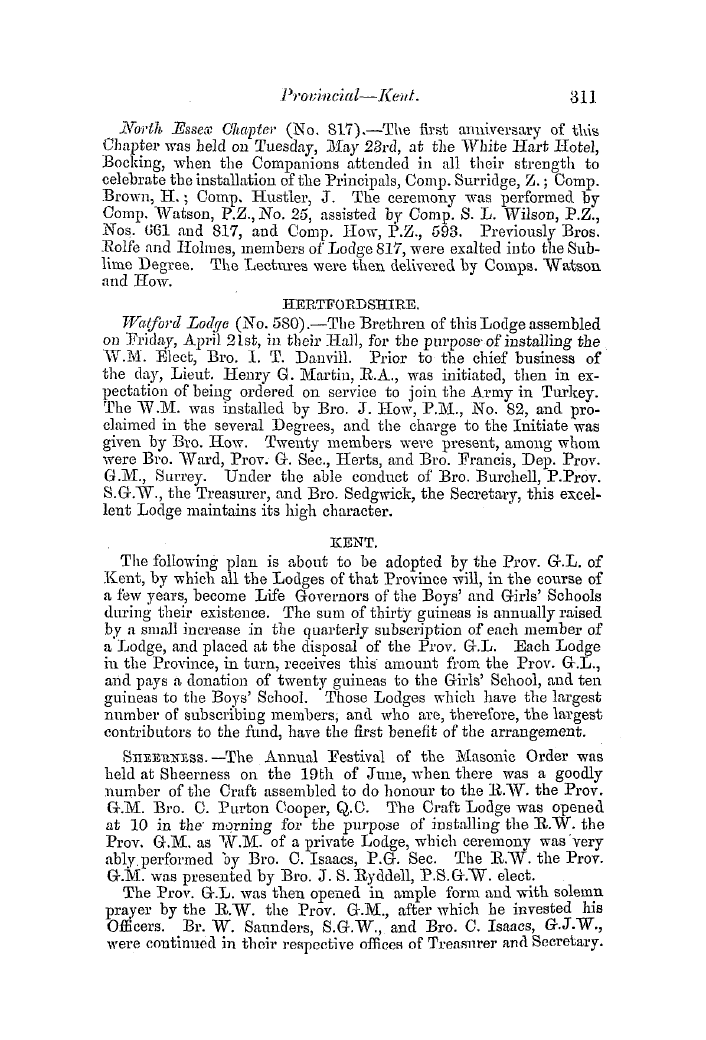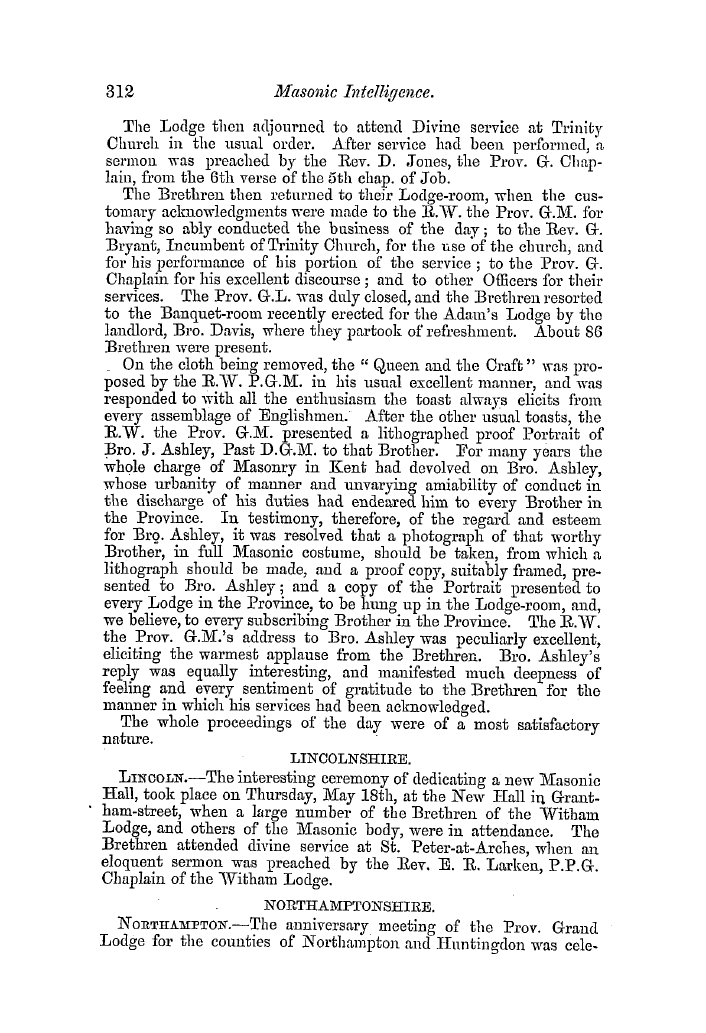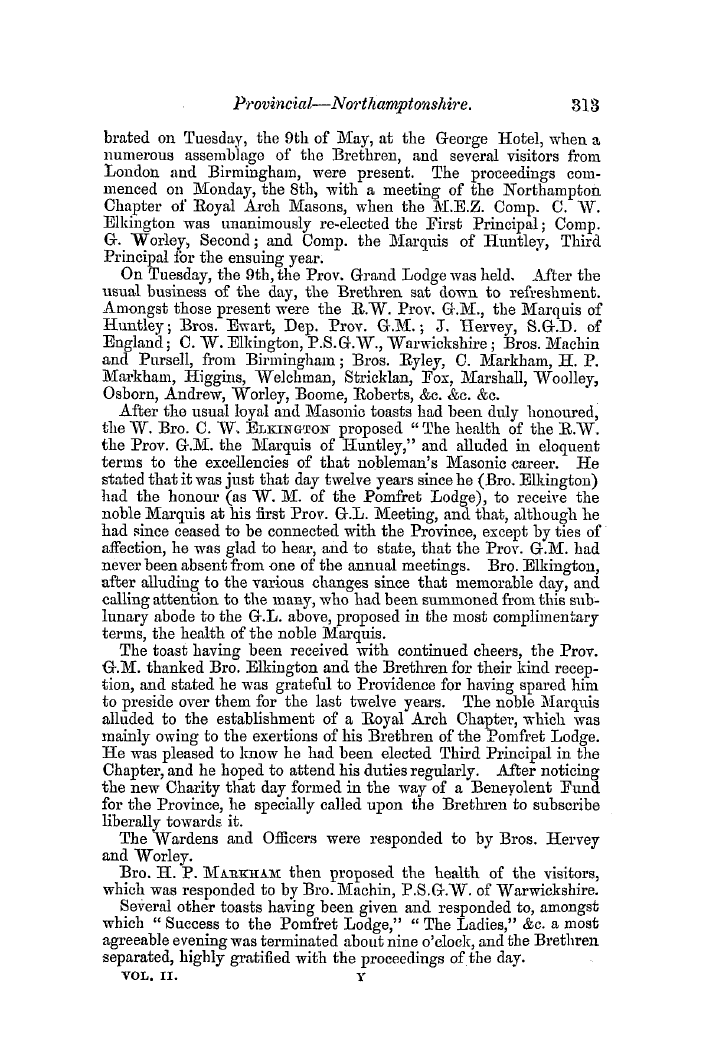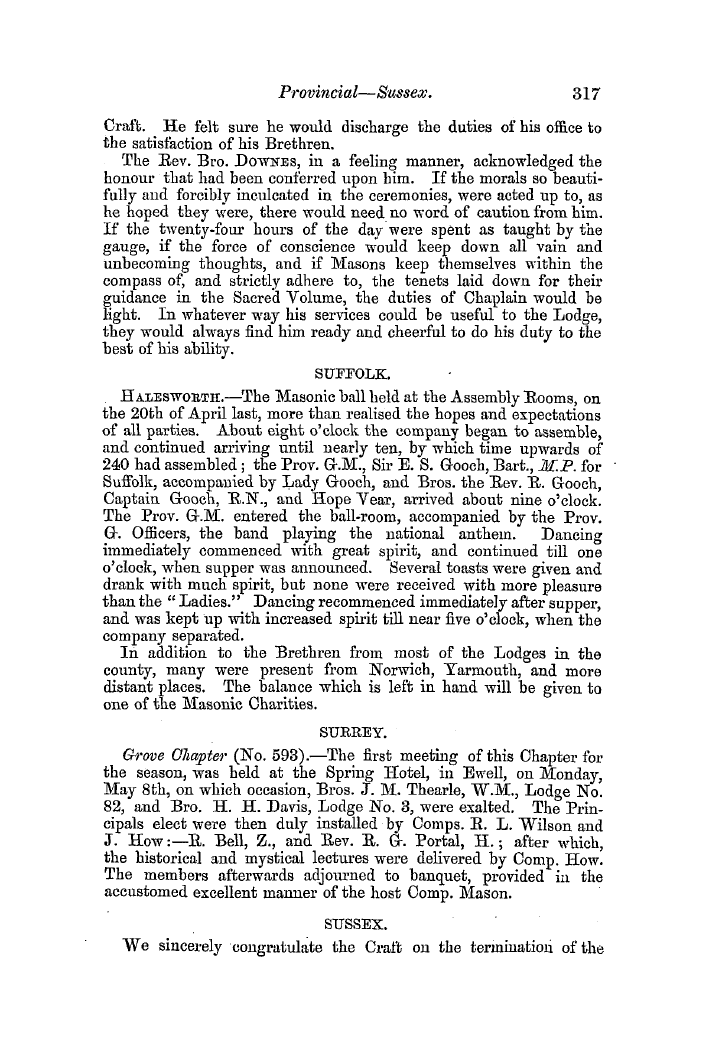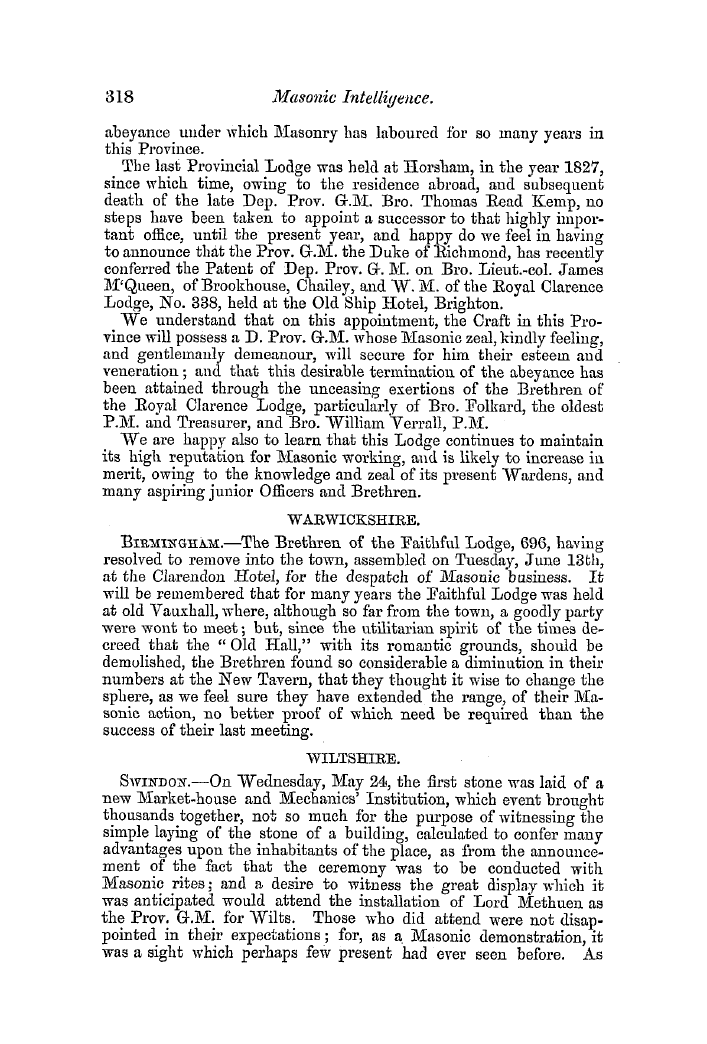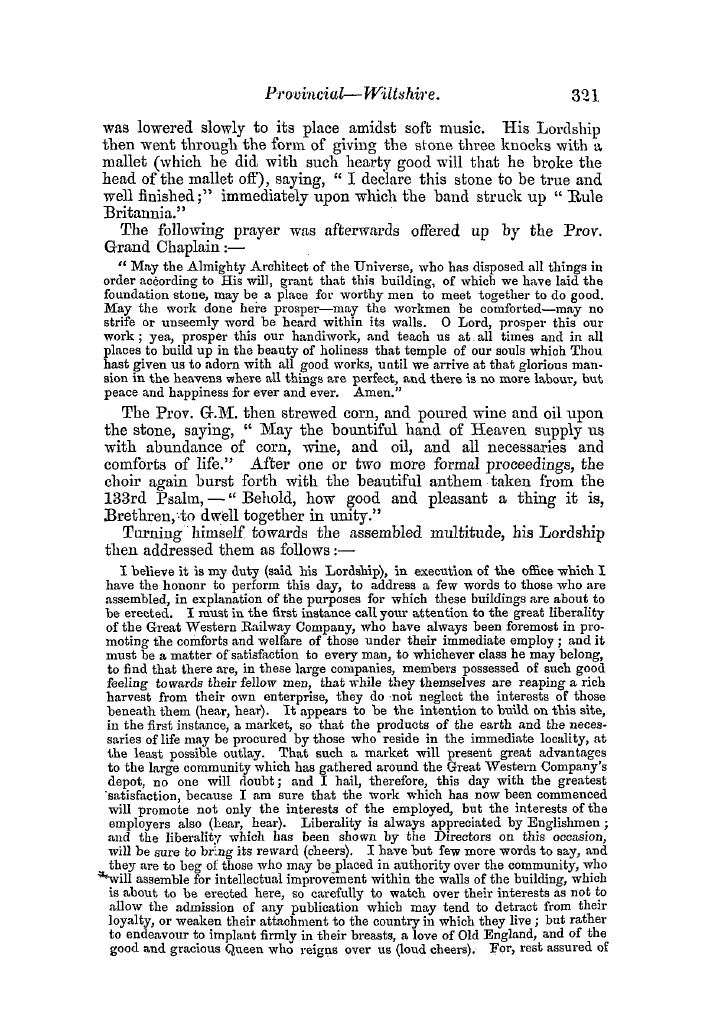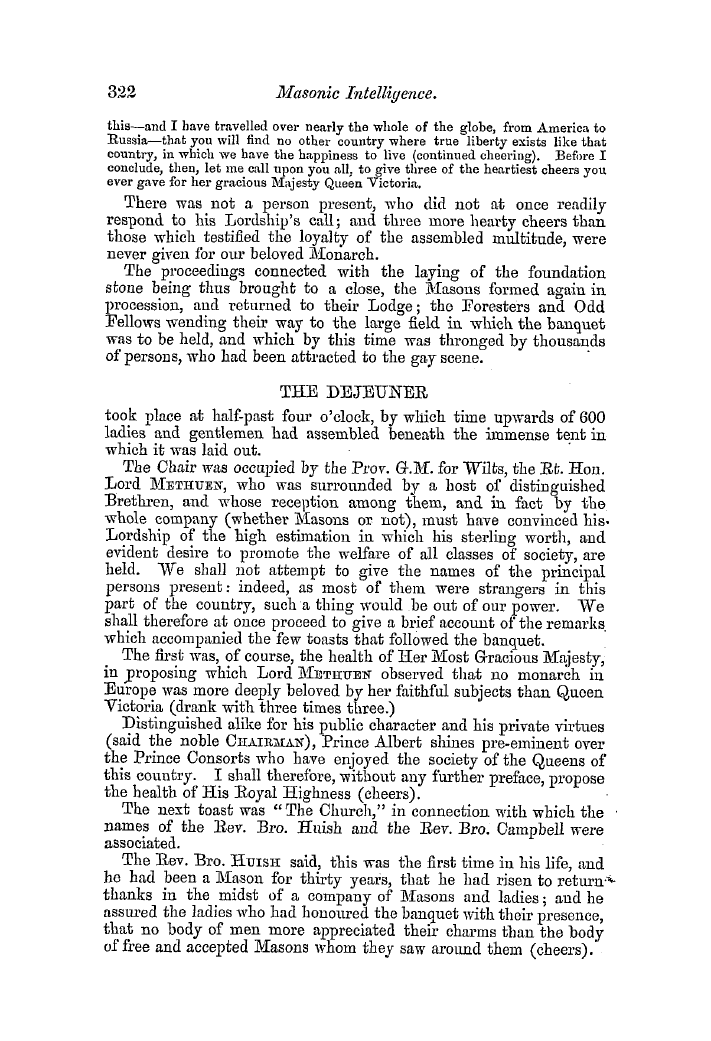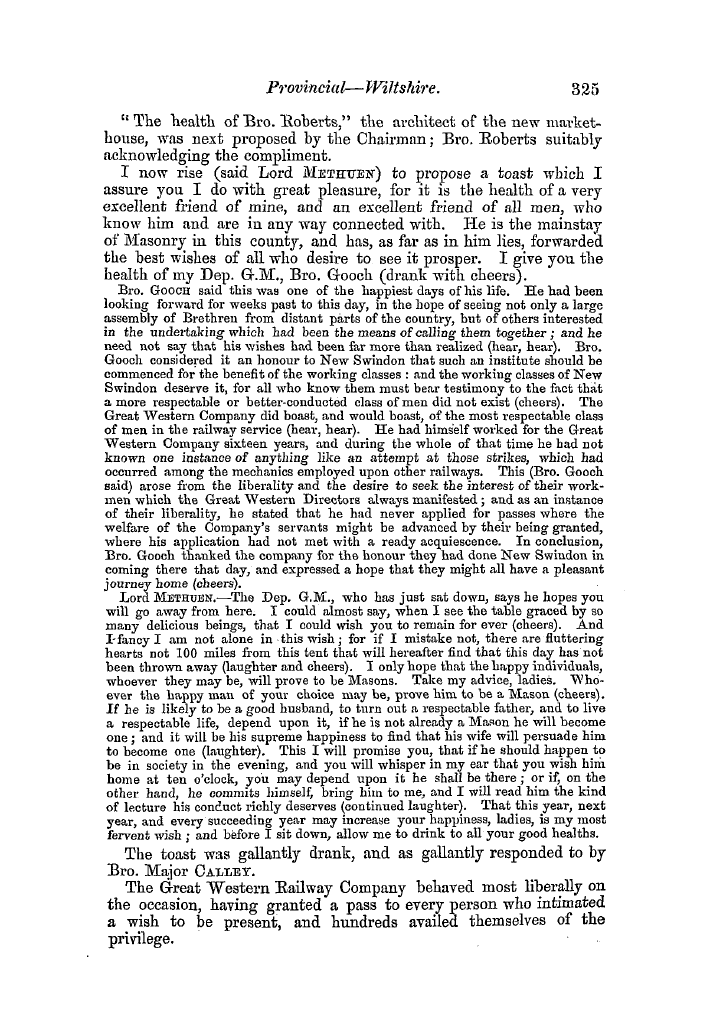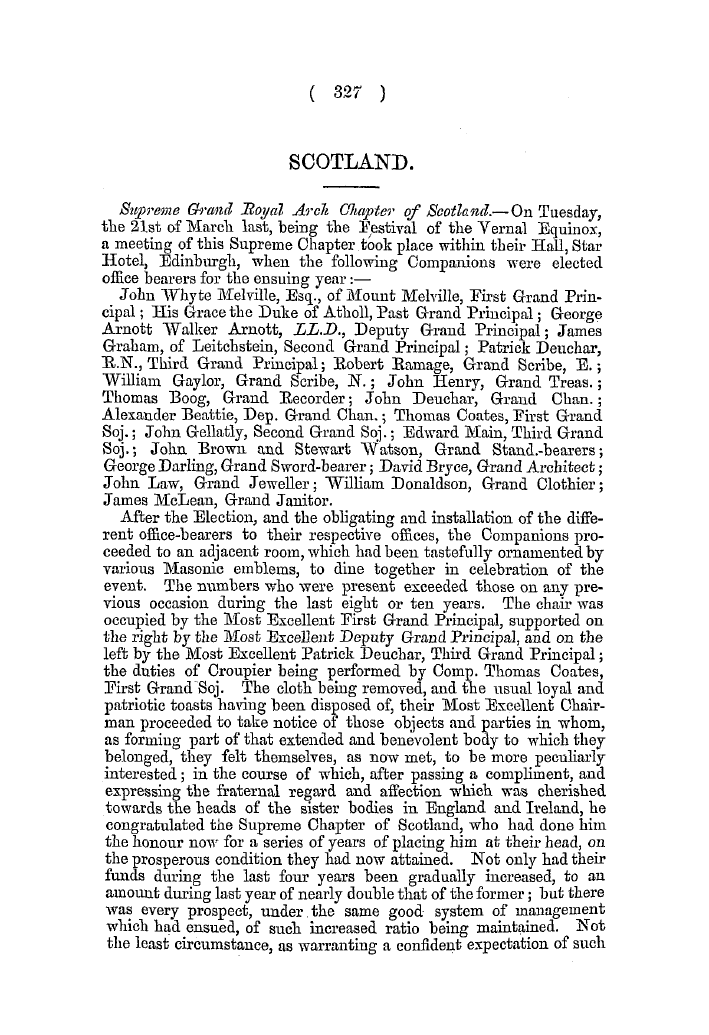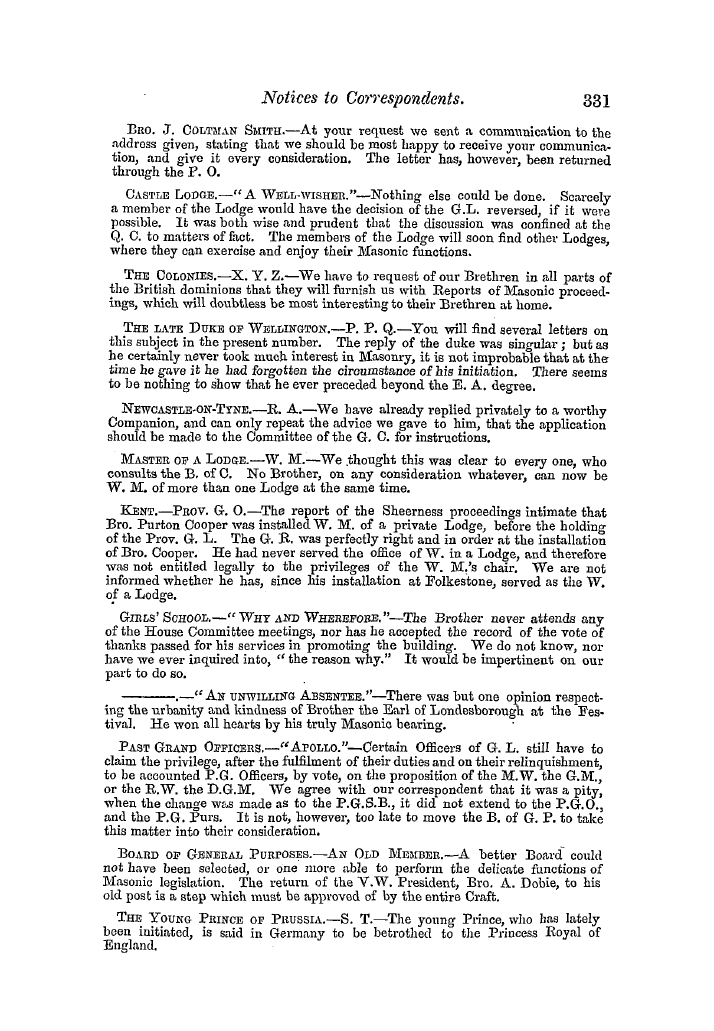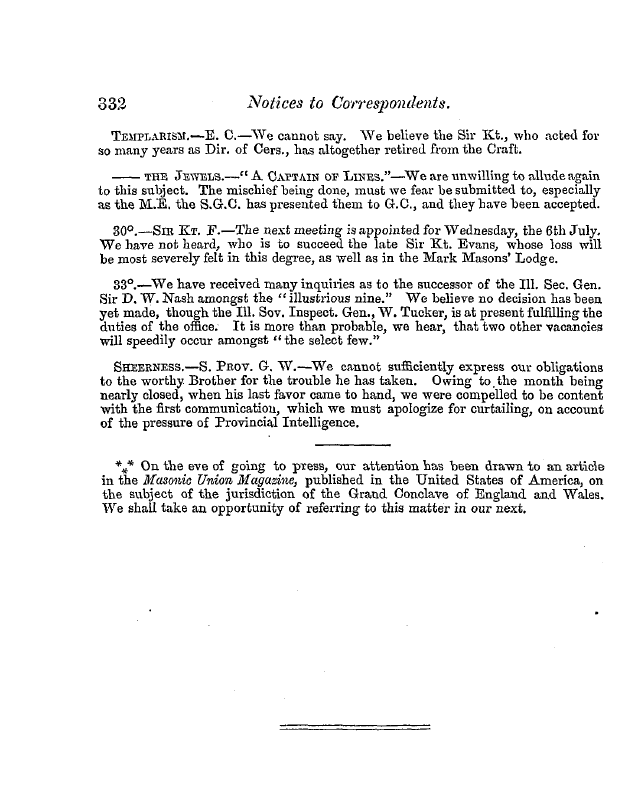-
Articles/Ads
Article ON SYMBOLS AND SYMBOLISM. ← Page 5 of 19 →
Note: This text has been automatically extracted via Optical Character Recognition (OCR) software.
On Symbols And Symbolism.
ON SYMBOLS AND SYMBOLISM .
No . II . " Till they ' re shown the light , They'll ne ' er know the right Word or sign of a perfected Mason . " As a sequel to our observations on Symbols and Symbolism
, more especially connected with the Craft , we may UOAV be allowed to follow them up with others which , though not unknown in various degrees of the Order , have had significance and value in other mysteries , and been the means of instruction and objects of reverence in differing and A'ery remote rites .
THE SEVEN-ARMED GOLDEN CANDLESTICK , as directed by the sacred laAv ( Exodus , chap . xxv . ver . 31 ff . ) , to be furnished for the Tabernacle and the Temple , is luckily depicted in its true form on the Triumphal Arch of Titus , still existing at Rome , in a tablet containing the trophies which that emperor conquered and brought from Jerusalem to grace his
triumph . Its exact shape may have been suggested as most agreeable to the Hebrew people from more ancient forms to which they had been accustomed . Montfaucon , in " L'Antiquite Expliquee , " pi . cxli . vol . ii . has given drawings from Egyptian vases of candlesticks with seven arms , in Avhich the cups for the lamps or lights branch out elegantlinto the
lotusy floAver , and a portion of the drawing seems to indicate that these arms Avere moveable in sockets round the main or centre stem , like our present gas-burners , so that the duty of the Levite who had to trim or light them -would be lessened by being able to draw each arm to him in succession , and to return it without changing his position .
In the bas-relief of Titus' Arch , Are perceive the candlestick raised on two steps only , which are slightly adorned with sculpture . Maimonides , in his description of it , mentions three steps on which it Avas placed ; but the corroding influence of time , the inaccuracy of the sculptor , or the intervening heads of the laurelcrowned legionaries Avho bear it , may account for the absence of the third base , and adjust the variation in Maimonides' otherwise accurate description .
Note: This text has been automatically extracted via Optical Character Recognition (OCR) software.
On Symbols And Symbolism.
ON SYMBOLS AND SYMBOLISM .
No . II . " Till they ' re shown the light , They'll ne ' er know the right Word or sign of a perfected Mason . " As a sequel to our observations on Symbols and Symbolism
, more especially connected with the Craft , we may UOAV be allowed to follow them up with others which , though not unknown in various degrees of the Order , have had significance and value in other mysteries , and been the means of instruction and objects of reverence in differing and A'ery remote rites .
THE SEVEN-ARMED GOLDEN CANDLESTICK , as directed by the sacred laAv ( Exodus , chap . xxv . ver . 31 ff . ) , to be furnished for the Tabernacle and the Temple , is luckily depicted in its true form on the Triumphal Arch of Titus , still existing at Rome , in a tablet containing the trophies which that emperor conquered and brought from Jerusalem to grace his
triumph . Its exact shape may have been suggested as most agreeable to the Hebrew people from more ancient forms to which they had been accustomed . Montfaucon , in " L'Antiquite Expliquee , " pi . cxli . vol . ii . has given drawings from Egyptian vases of candlesticks with seven arms , in Avhich the cups for the lamps or lights branch out elegantlinto the
lotusy floAver , and a portion of the drawing seems to indicate that these arms Avere moveable in sockets round the main or centre stem , like our present gas-burners , so that the duty of the Levite who had to trim or light them -would be lessened by being able to draw each arm to him in succession , and to return it without changing his position .
In the bas-relief of Titus' Arch , Are perceive the candlestick raised on two steps only , which are slightly adorned with sculpture . Maimonides , in his description of it , mentions three steps on which it Avas placed ; but the corroding influence of time , the inaccuracy of the sculptor , or the intervening heads of the laurelcrowned legionaries Avho bear it , may account for the absence of the third base , and adjust the variation in Maimonides' otherwise accurate description .




























































